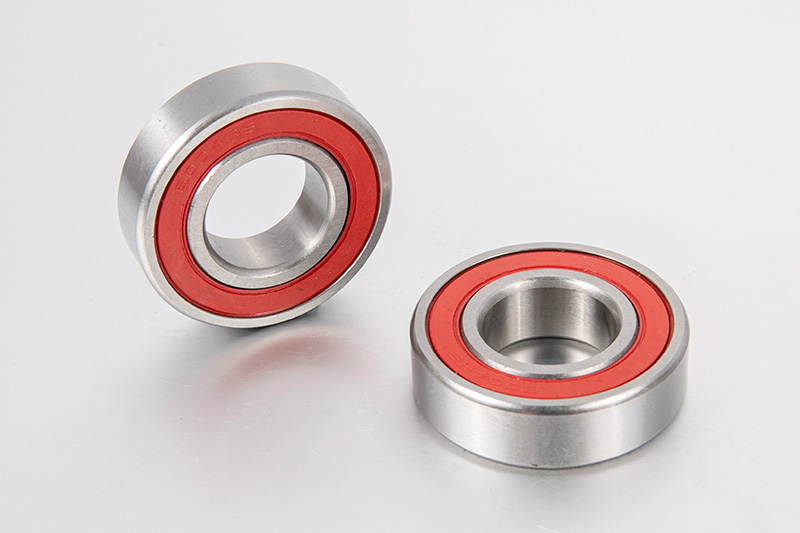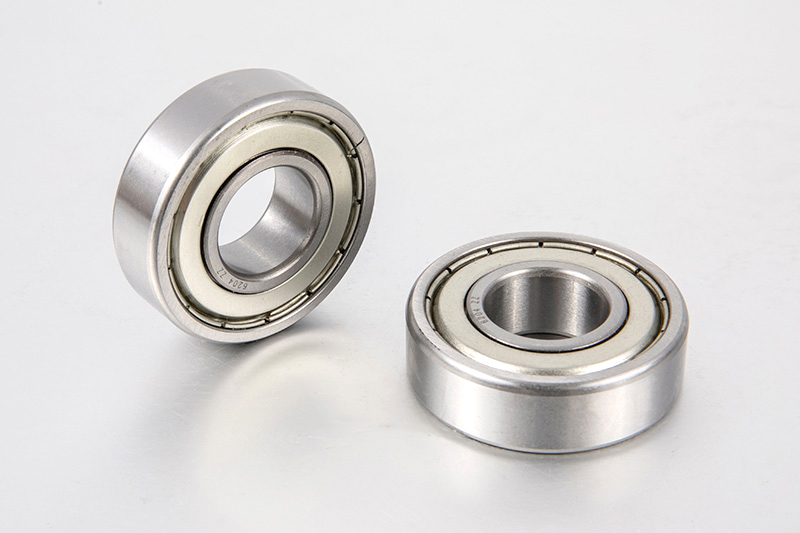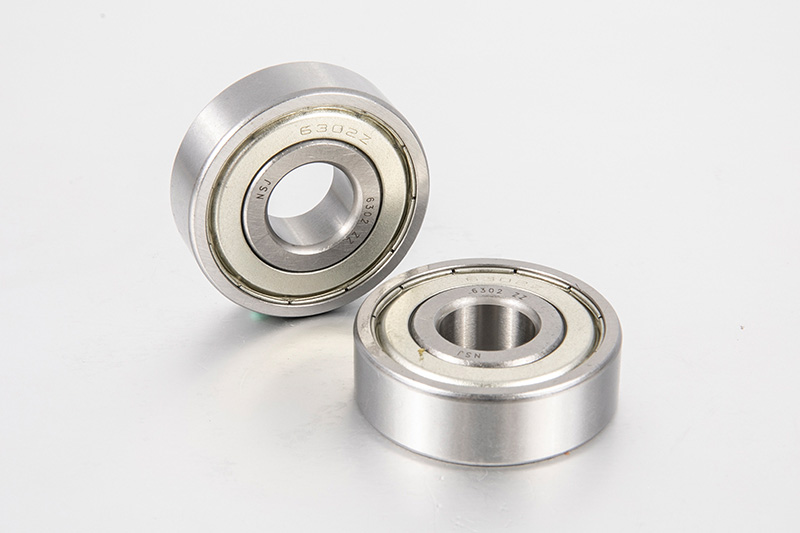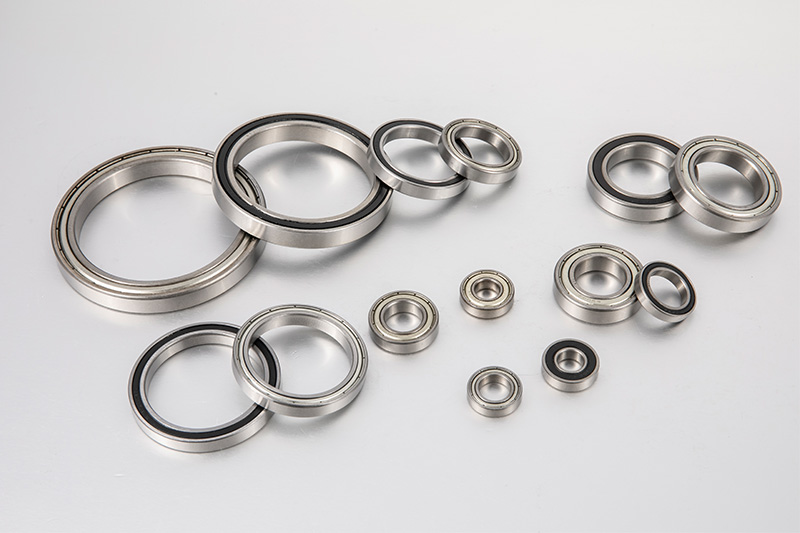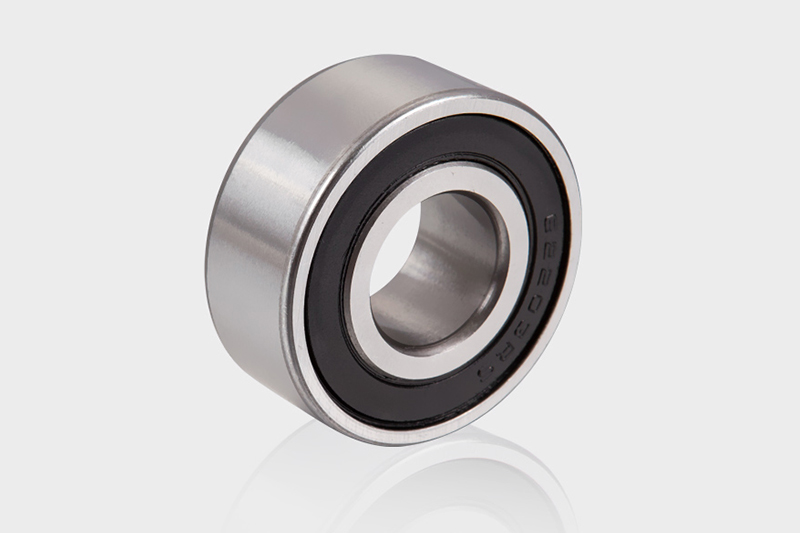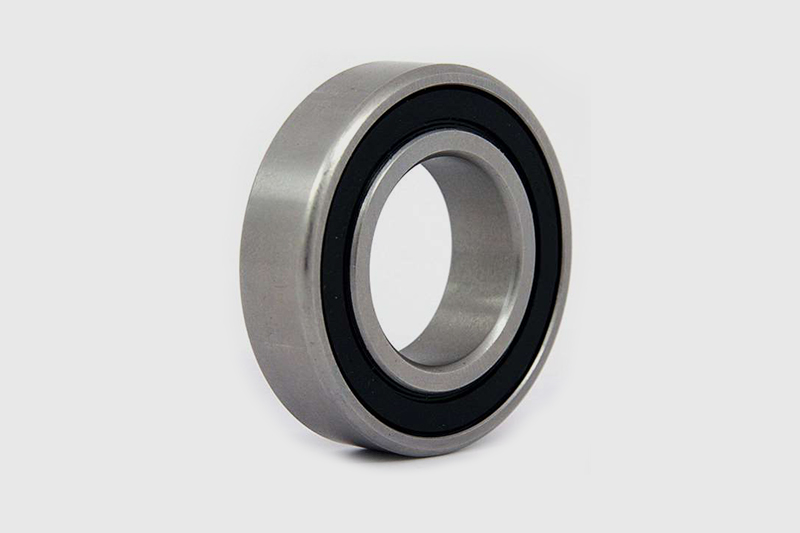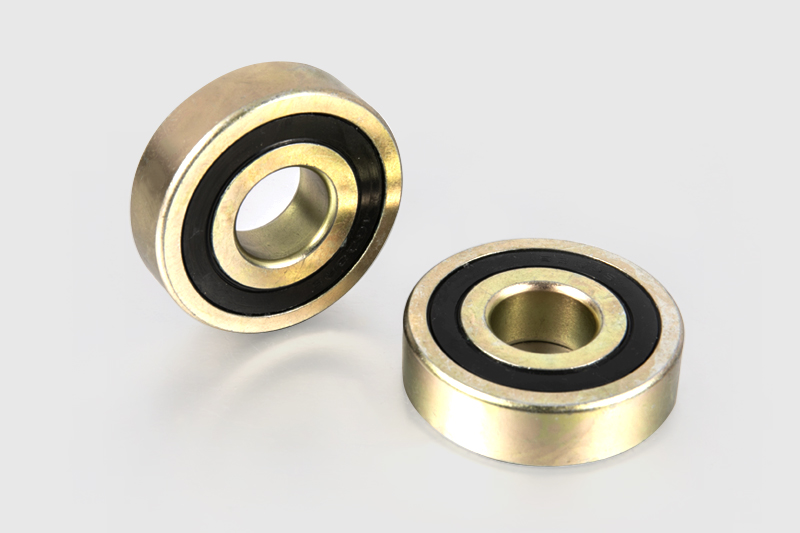Roller bearings are the counterpart of ball bearings, and as the name suggests, in this type of bearing, rollers are used instead of balls to separate the inner and outer rings of the bearing. Ball and roller bearings are very similar in design and construction, and despite the different separation methods, there are some differences in their application and performance. The main purpose of this type of bearing is to provide high performance by reducing rotational friction while bearing high axial and radial loads.
Simply put, roller bearings are designed to contact an object or surface and provide the necessary friction and torque to push or pull on that object or surface. The roller bearing itself consists of two parts: the steel frame and the housing.
The steel frame is usually made of hardened steel with cylindrical rollers inside. The rollers are made of hardened steel ingots that rotate around their axes. When the housing is mounted to the steel frame, it protects the rollers inside.
The housing also helps keep internal components under constant pressure, so there won't be any performance issues when operating a machine with a roller bearing system.
Structure of Roller Bearings
As mentioned above, roller bearings are similar in design and construction to ball bearings in that both bearings use two rings; an inner ring and an outer ring. However, in ball bearings, the separation medium used to separate the inner and outer rings is balls, while in roller bearings, cylindrical rollers are used to separate the two rings. Likewise, many different types of ball bearings are available for roller bearings.
Application of roller bearings
Since different types of roller bearings have different combinations of properties such as performance, speed, reliability, load capacity, durability, and precision, they are used in a wide variety of equipment and many different industries. Some of the widely used applications of roller bearings are air cargo systems, engines, agriculture, heavy equipment and machinery, solar panels, medical equipment, automotive industry, power plants, and many more.
Comparison between different bearings
Roller bearings are a type of bearing used in many different applications and industries, including heavy equipment and manufacturing. Compared to other bearings, roller bearings have some key differences that make them more attractive in certain applications.
Following are the differences between roller bearings and ball bearings:
Roller bearings have a larger contact area than ball bearings and are suitable for heavy-duty applications
The load is assumed to be evenly distributed across multiple axes. In this case, roller bearings are generally less expensive to manufacture and maintain due to less friction between the rings.
The main difference between spherical and cylindrical bearings is the shape of their contact surfaces. Spherical bearings have spherical outer rings and can be used in applications where the rotating shaft is not constrained by one plane. Cylindrical versions only allow axial load transfer but are more dimensionally stable and therefore suitable for machinery that must operate within close tolerances.
Types of Roller Bearings
There are thousands of different types of roller bearings; the popular bearing company AST has more than 2,400 types of ball bearings, making it easier for you to choose the most suitable one. Due to a large number of different models and types, roller bearings are divided into some main parts according to their basic structure and design. Below are some of the most popular and widely used types of ball bearings.
Cylindrical Roller Bearings
As the name suggests, a cylindrical roller bearing is a special type of roller bearing in which a cylinder is used as the rolling element and separation medium. This type of bearing provides a larger contact area on the inner and outer rings due to the flat interior surfaces. Cylindrical roller bearings are best suited for applications requiring high performance and high load capacity.
taper roller bearings
Taper roller bearings come in different sizes and constructions; unlike most other bearing types, in taper roller bearings, due to their shape, the outer ring is called a cup, and the inner ring is called a cone. This type of bearing usually consists of four basic elements, namely an outer ring, an inner ring, tapered rollers, and a cage that holds these rollers in the correct position.






